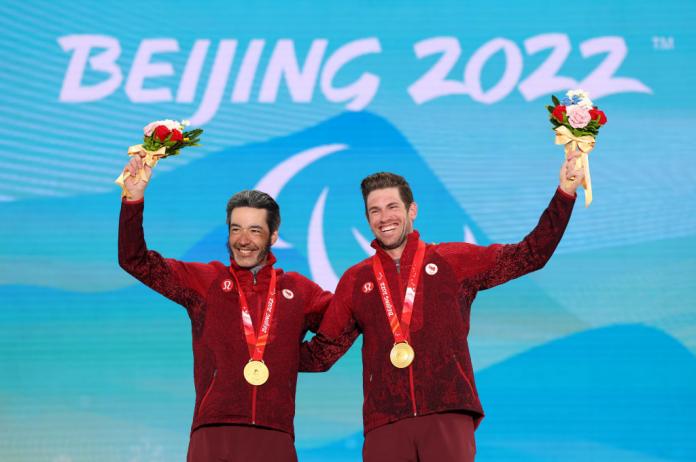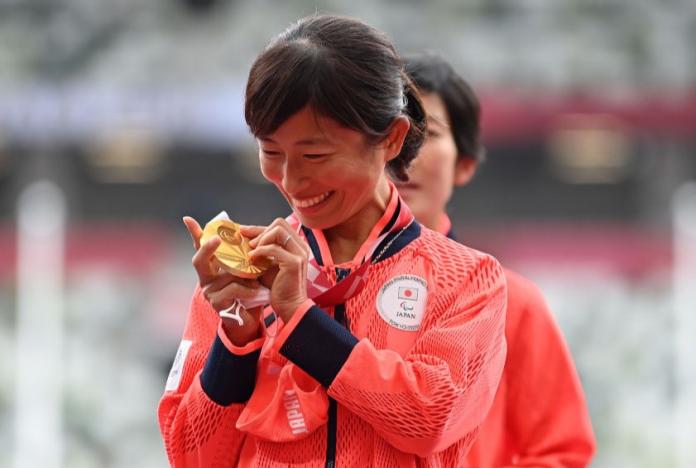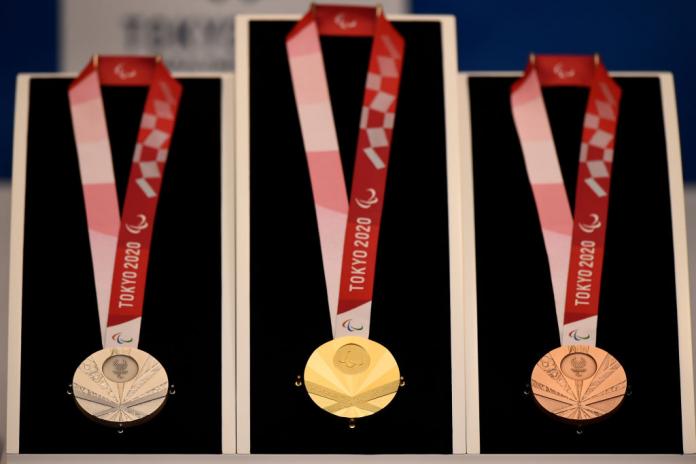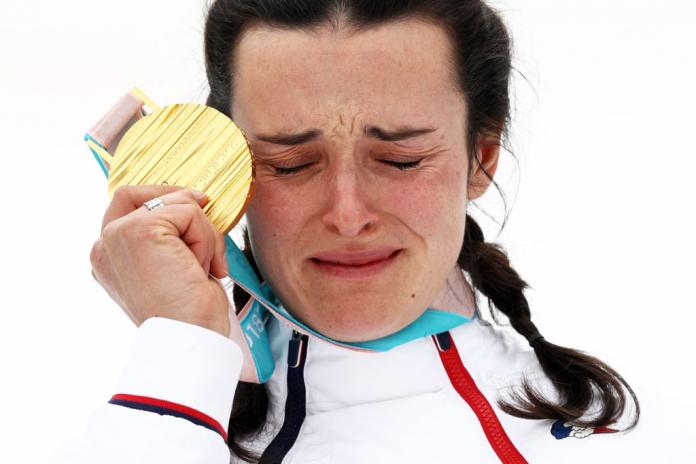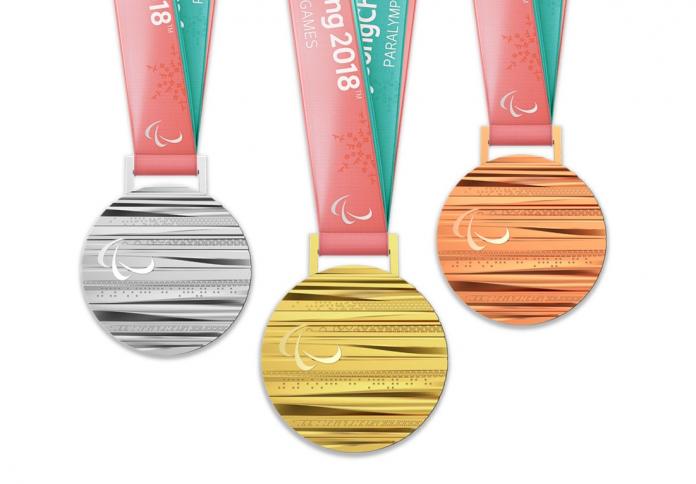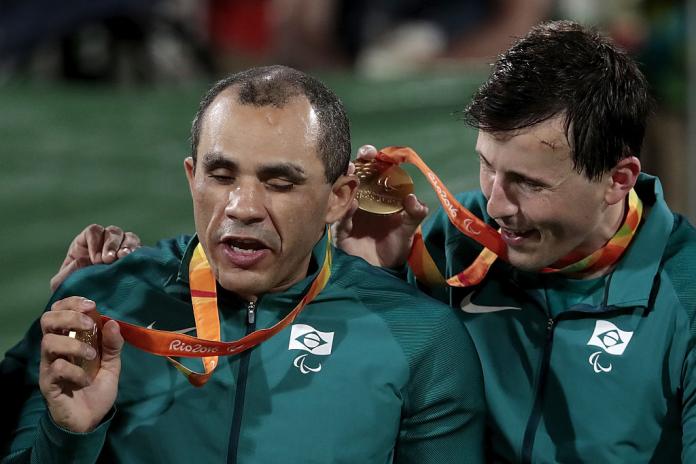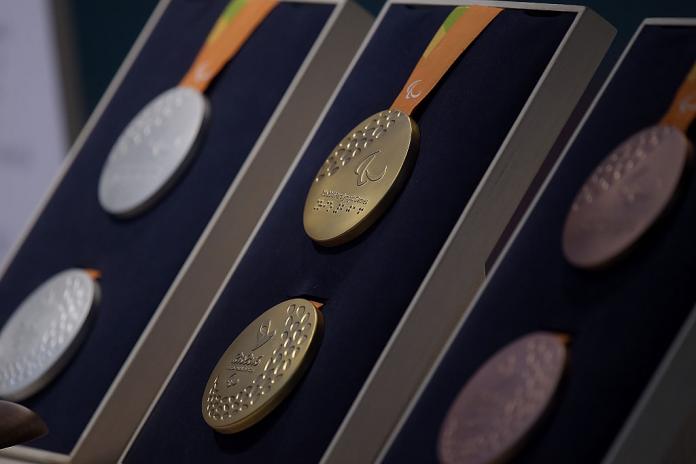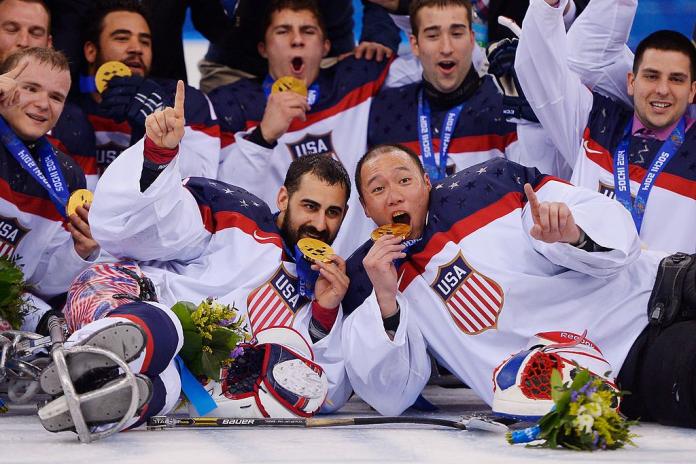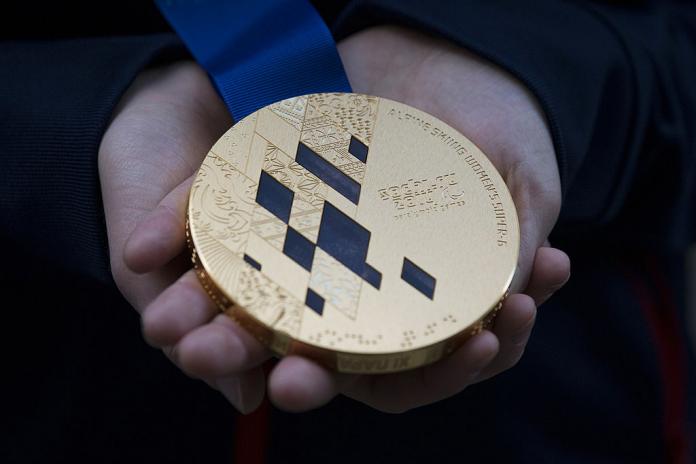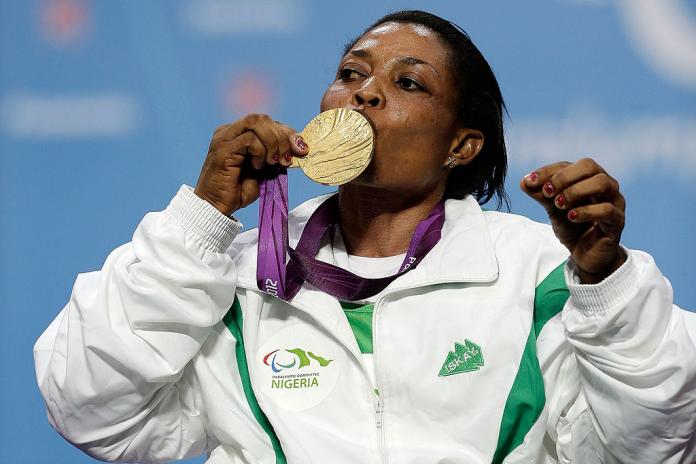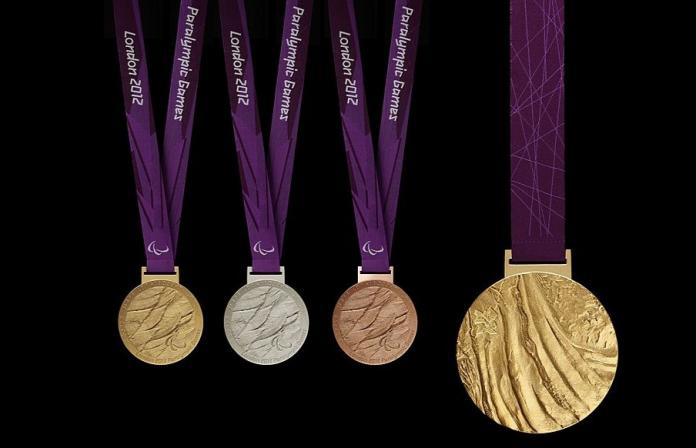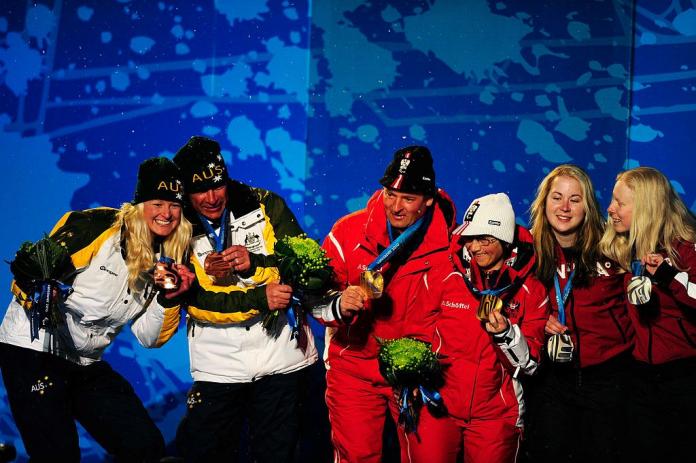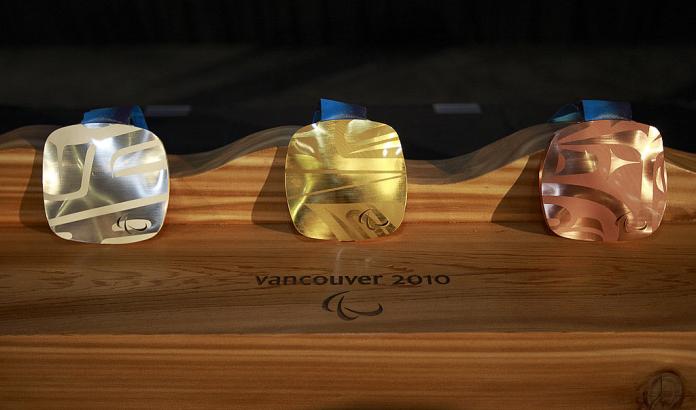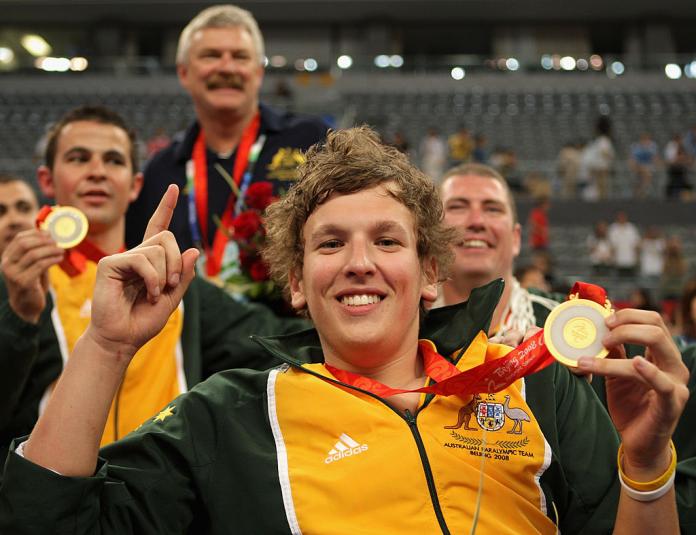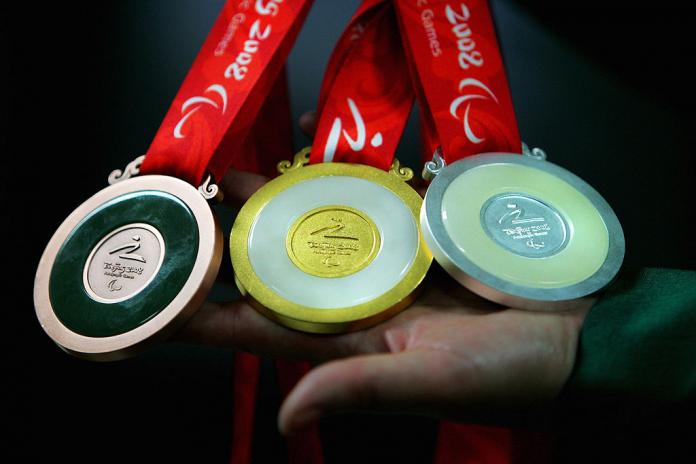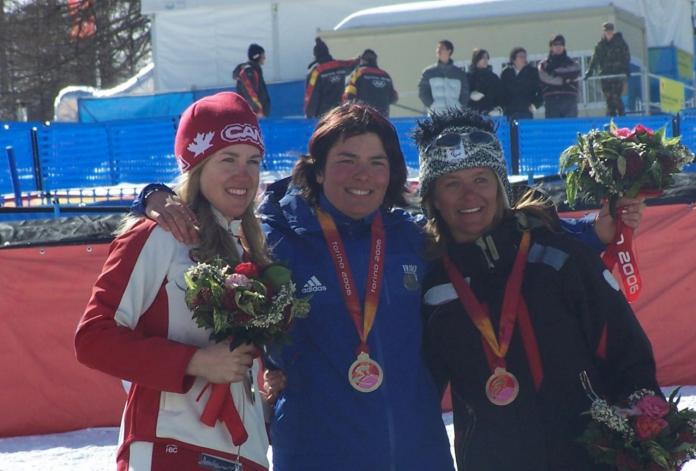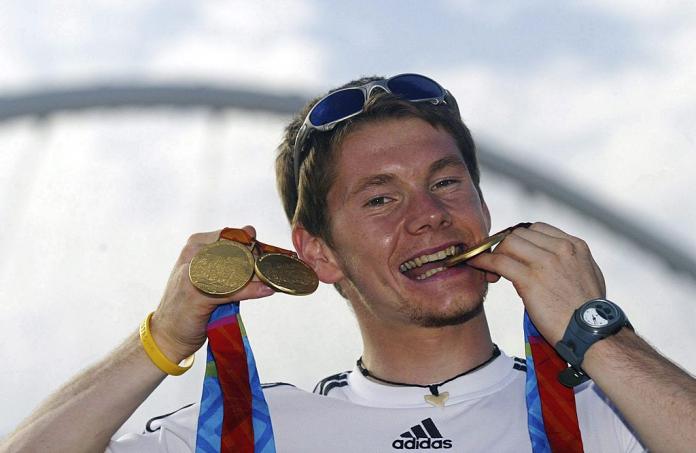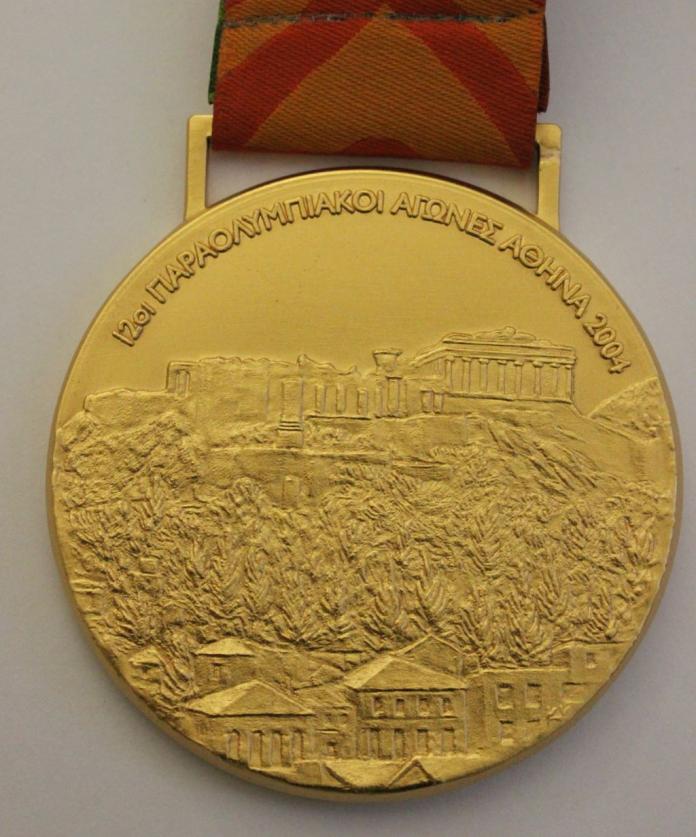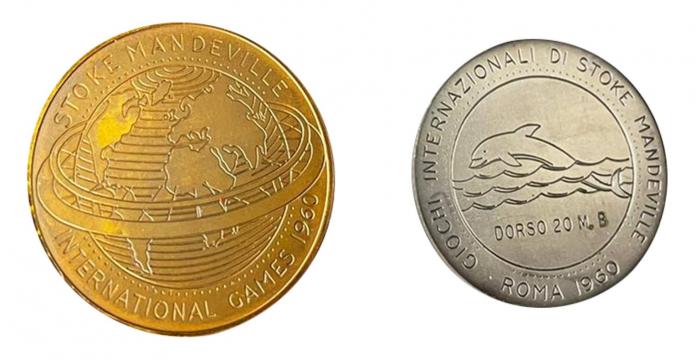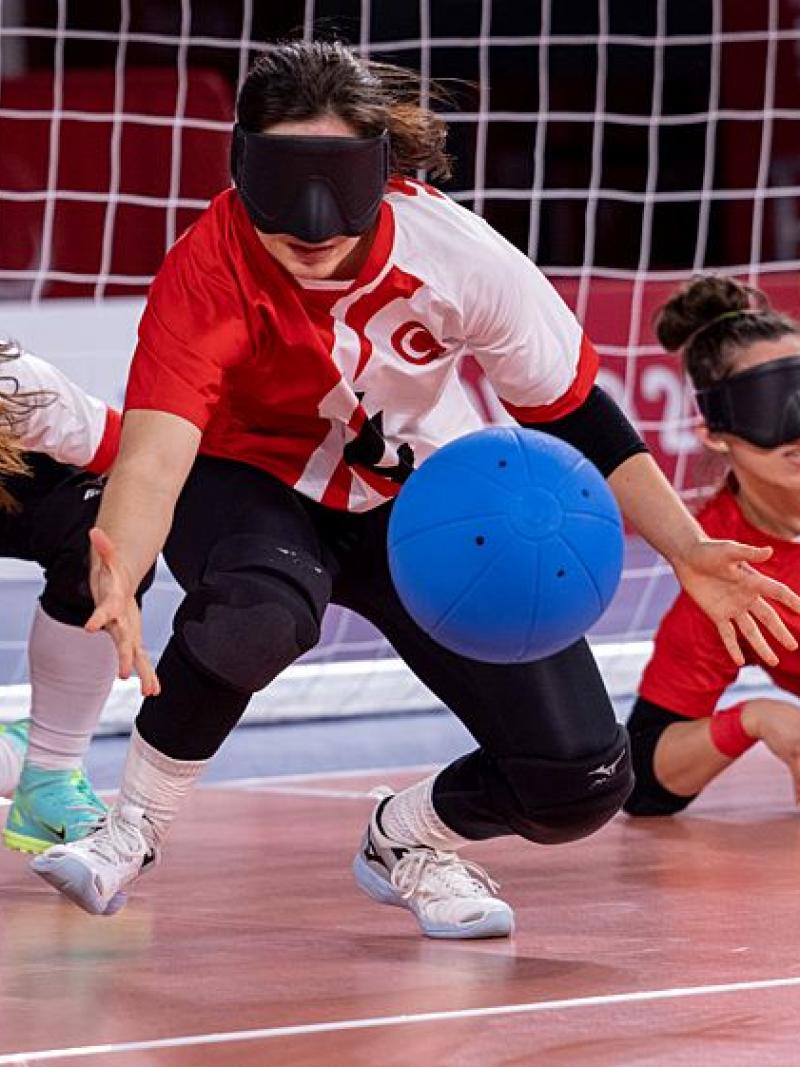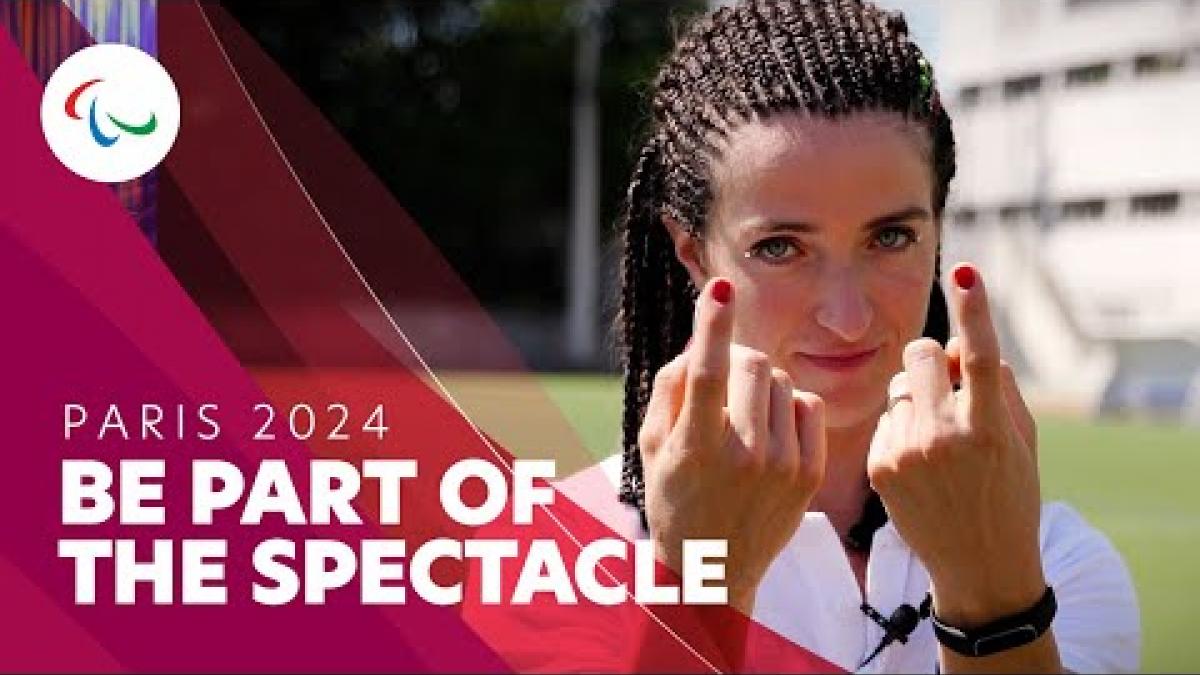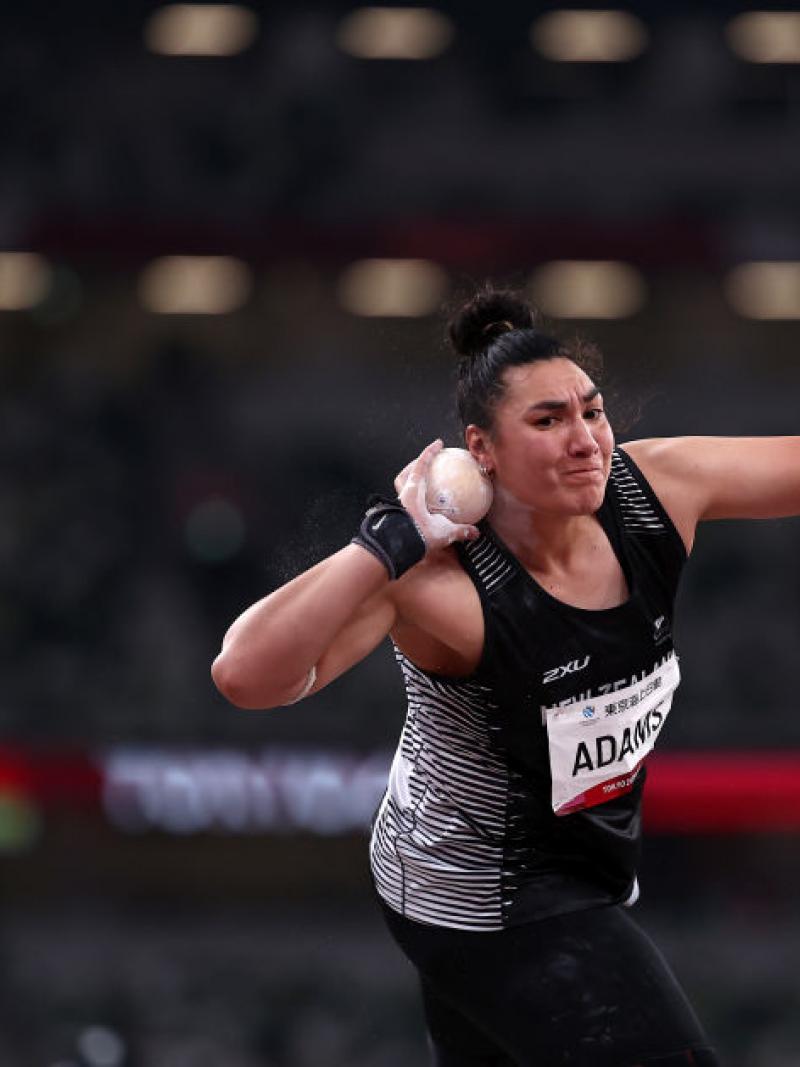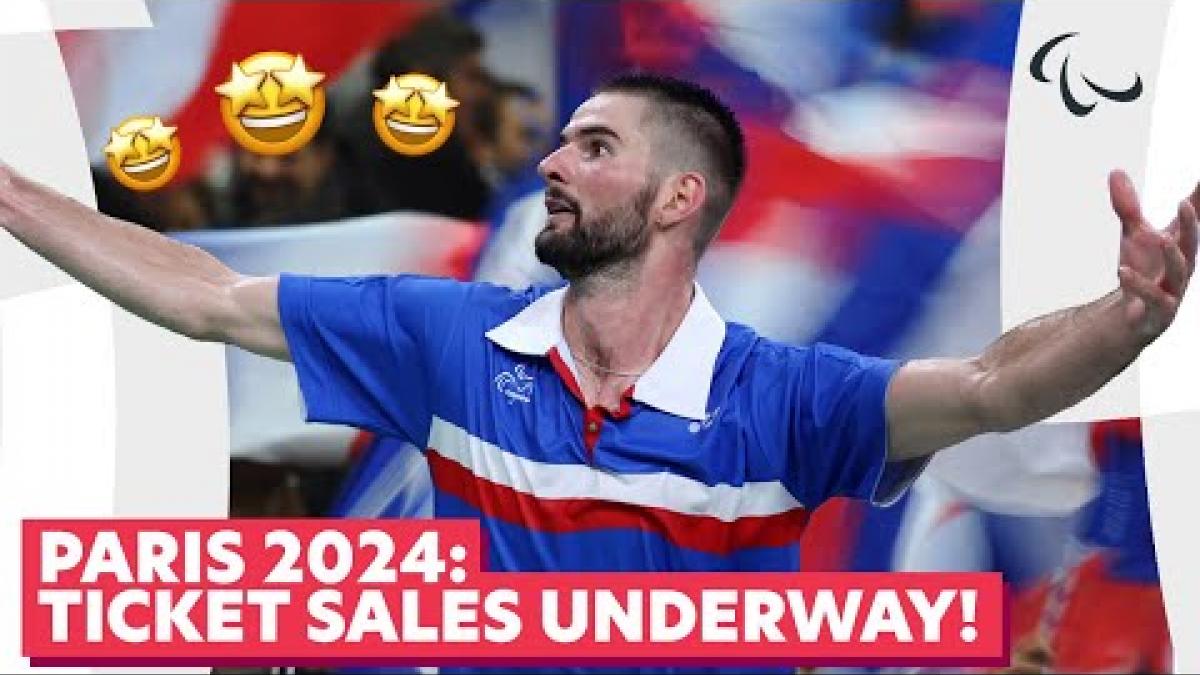From Athens 2004 to Beijing 2022: 20 years of Paralympic medals
Ahead of the announcement of the Paris 2024 Paralympic medals, here is all you need to know about the medals from the past 10 Paralympic and Paralympic Winter Games 06 Feb 2024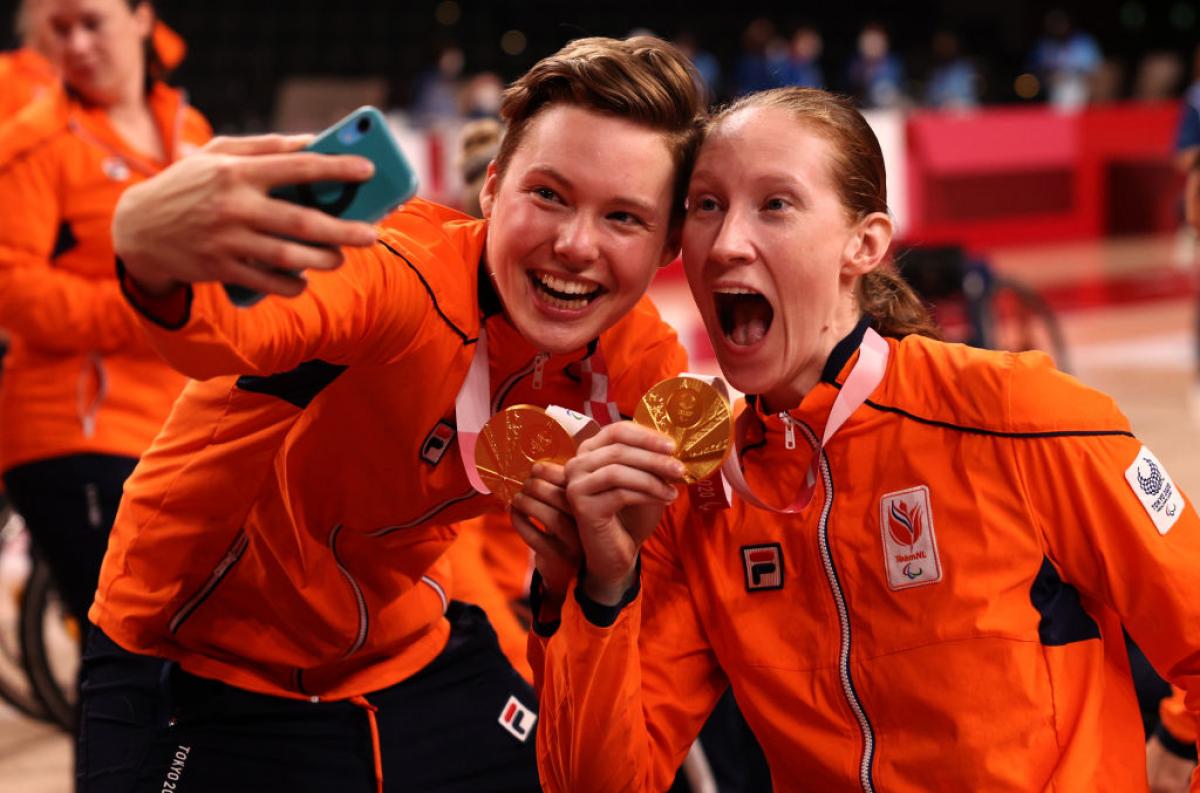
Since the first Paralympic medals were awarded to athletes at Rome 1960, medals have been an essential part of the Games. The gold, silver and bronze medals have been presented to athletes to celebrate their sporting achievements at the Paralympic Games for more than 60 years.
Ahead of the announcement of the Paris 2024 Paralympic medals on 8 February, discover the designs from past Games. What do you think the Paris 2024 medals will look like?
Beijing 2022
The design was inspired by the ancient Chinese jade concentric circle pendants, with five rings representing the Chinese cultural connotation of “the unity of heaven and earth and the unity of people’s hearts.” The Paralympic and Olympic medals shared a similar design and were named “Tong Xin”, which meant together as one.
Tokyo 2020
The medals were centered around the motif of a traditional Japanese fan, depicting the Games as the source of a fresh new wind blowing through the world. For the first time in Paralympic history, a series of circular indentations were included on the side of the medals to help people with vision impairments recognise the different medals by touch.
And they didn’t just look spectacular, they were also good for the environment. As part of the Tokyo 2020 Medals Project, the medals were made from recycled precious metals extracted from mobile phones and other small electronics donated by the public.
PyeongChang 2018
Remember how stunning the medals from PyeongChang 2018 were? Traditional patterns and the Korean Hangeul alphabet were engraved on the medals. The medals featured motifs including clouds, mountains, wind and wood that symbolised the beautiful nature of PyeongChang and Gangwon Province. The medal ribbon was created using a traditional Gapsa textile, which is used to make a traditional garment called the hanbok.
Rio 2016
The medals featured engraved images of seeds, which represented the courage, perseverance and development of athletes. In addition, the medals contained a small device inside with tiny balls that made a sound, so athletes with vision impairment were able to identify their medals by shaking them. The gold, silver and bronze all produced different sounds.
Sochi 2014
These medals had translucent elements engraved on them, which gave athletes the impression that ice crystals were being worked into the medal. Braille letters on the medal faces spelled out “Sochi 2014”.
London 2012
The Paralympic medals featured images related to the Greek Goddess of Victory. One side featured an image of the wings of the goddess, which symbolised forward flight, power and lightness, while the reverse side represented ‘the heart of victory’, which reflected inclusion and togetherness.
Vancouver 2010
While most medals have a circular shape, the Vancouver 2010 versions were squares with rounded corners. The design of the medals was inspired by ocean waves, drifting snow and mountainous landscape found in the host city and throughout Canada.
Beijing 2008
Gold, silver, bronze and jade – the Paralympic medals incorporated a ring made of jade that gave them a unique and elegant look. Research and planning for the design started in November 2006, two years before the final versions were unveiled to the public.
Torino 2006
Medals presented to athletes at the Winter Paralympics came in different colours. The rims were either gold, silver or bronze, and featured the Three Agitos symbol of the IPC and a pictogram of the sport in which the medal was won.
Athens 2004
The medals contained an engraving of the Parthenon atop the Acropolis. Above it, the words “12th Paralympic Games Athens 2004” are written in the Greek alphabet. On the reverse, the logo of the Games was engraved above the words “Athens 2004 Paralympic Games” and positioned above the three Tae-Geuks. The words “Athens 2004” were also written in Braille.
Rome 1960
After discovering the designs from recent Games, are you wondering what the very first Paralympic medals looked like?
Medals were first awarded to athletes at Rome 1960, which were known as the 9th Annual International Stoke Mandeville Games. Four hundred Para athletes from 23 countries competed in 57 medal events across eight sports – archery, athletics, dartchery, snooker, swimming, table tennis, wheelchair basketball and wheelchair fencing.
The medals contained an image of a globe and the words “Stoke Mandeville International Games 1960”. Hosts Italy finished atop the medal standings, with Great Britain, Germany, Austria and the USA completing the top five.





